Over the summer I had the great pleasure to attend a shōjin ryōri inspired Japanese supper club hosted by London based Pureism (very much worth checking out if you are interested in Japanese temple cuisine).
I had just booked two weeks in Japan and was keen on food study and production methods while in the country, and so after the meal I begged the chef for tips. He kindly promised he would email some contacts in Japan, and that's how I scored a lucky tour at Sumiya Bunjiro Brewery Co., Ltd, a brewer of sansha mikawa mirin in Aichi prefecture.
Totally out of my depth and unaware of what I was doing or where I was going, I made the journey from Kyoto to a small town called Hekinan, determined to learn as much as I could concerning a product I knew little about (other than it makes everything taste better).
I learned there are three categories of mirin, ranking in quality and grade. First are the clear mirin-like syrups found in many UK supermarkets, followed by hon mirin, and finally the high end mikawa mirin produced by Sumiya.
Mikawa mirin is an umami rich cooking alcohol made from sweet glutinous rice, koji (aspergillus oryzae, the bacteria for fermentation), and shochu (in the case of this brewery, rice wine) and is aged for more than a year to obtain 100% mirin. The colour is deep amber.
Mirin-like seasonings include additional additives and sugars to produce a product within one day that is no more than 20% mirin. The liquid is clear.
The middle road is hon mirin, which, in the brewing process, may replace shochu with brewer's alcohol and add sugar, aging the brew for a few months to achieve a product that is between 50% and 75% mirin.
The process of making mirin goes something like this:
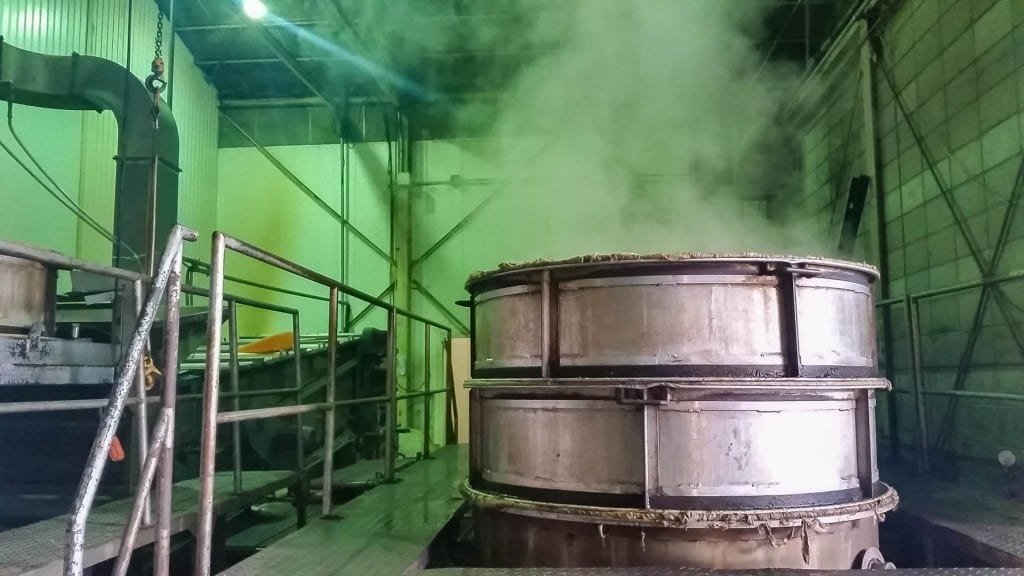
Glutinous rice is polished and steamed before being blended with koji and shochu. This mash is stored in large tanks to ferment (I got to climb up up and look inside of one – no injuries, miraculous), where the starches in the rice break down into sugar and the proteins into amino acids. Fermentation is neat.
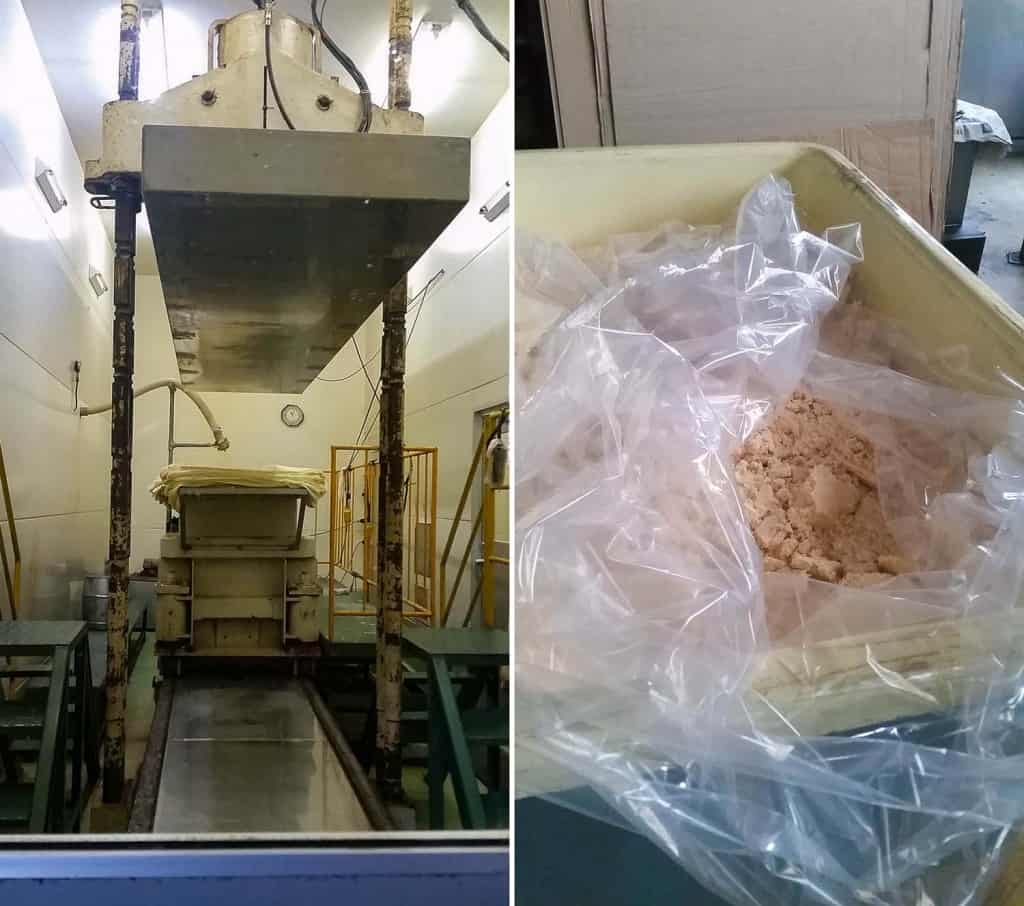
After three months, the blend is packed into mesh bags, which are highly compressed to release the mirin. The blended and fermented rice, now devoid of most liquid, is set aside for other uses. The texture is flaky and moist, the flavour sweet and moreish. Side note: I would love to make vegan sausages using this ingredient, to be served with a combination of mashed potato and sweet potato, alongside a light Marmite and sage gravy. Also, in cake with an icing improved by mirin.
The liquid (baby mirin?) collected from the compression is left for a further 18 months to mature and ferment, sweeten, and darken. Finally, the mirin is bottled for sale. The total process takes about two years.
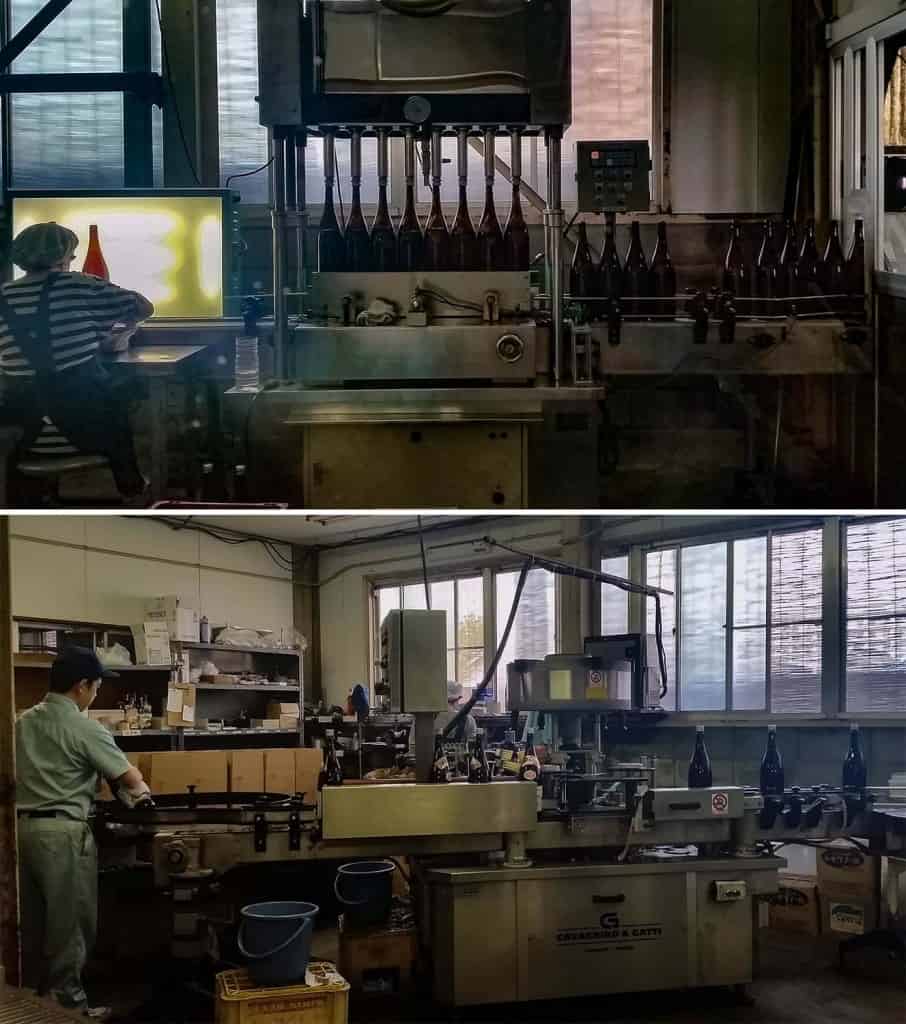
The amino acids I mentioned that get broken down during fermentation are also responsible for imparting an umami component to mirin. So the beauty of the product is not only in its ability to add a rich sweetness to foods, but also its potential to enhance umami in dishes. MAGIC.
I was reeling from the smells of steamed rice and sweet fermentation permeating the air, excited by all of this new information, and proud of myself for not tripping or falling into a tank even once, when I realised this is the brewery that supplies Clearspring in the UK.
That's exciting news, because it means I can buy this unbeatable product when I am home again in December and even better, in my opinion, from one of the UK's best and most ethical small food businesses.
For mirin recipe ideas, check out Sumiya's recipe page.
You can purchase mikawa mirin from Clearspring UK. You will also find further recipes for all of their products on their website.

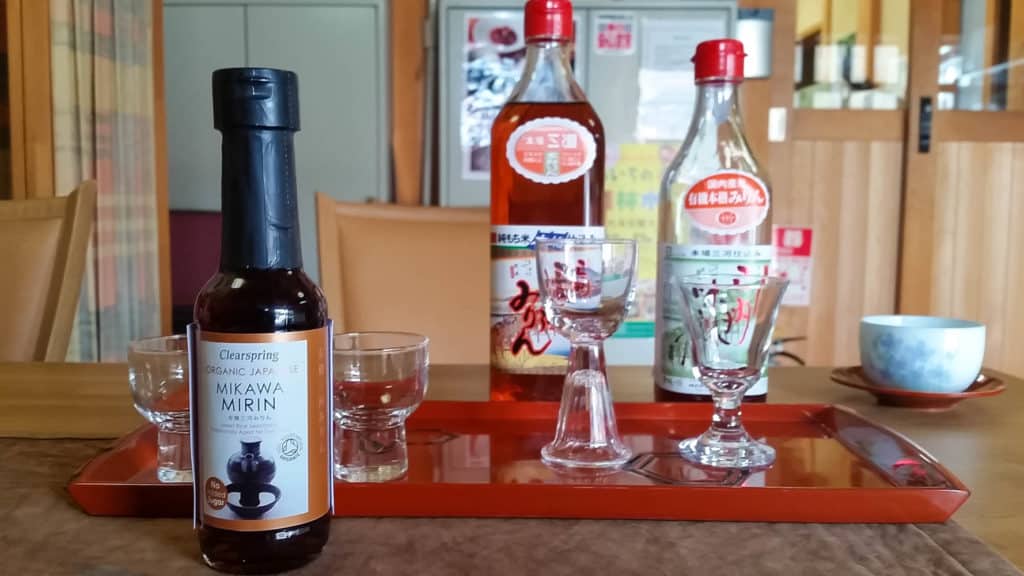


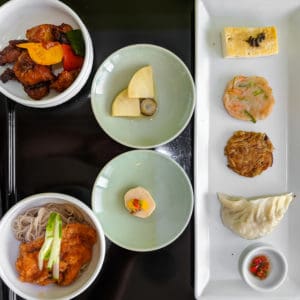

Leave a Reply